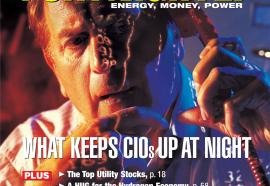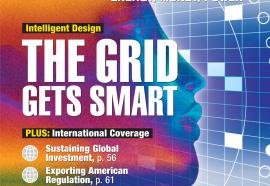Penalty Shot
An interpretation of FERC’s first application of EPACT.
At its open meeting on Jan. 18, 2007, FERC unanimously approved settlements with five electric utilities for a total of $22.5 million and other considerations. This action answers some important questions that energy market participants have been asking. In particular, it helps market participants connect some important dots regarding the regulatory landscape in which they must operate, but it also raises important questions that market participants would like answered.







